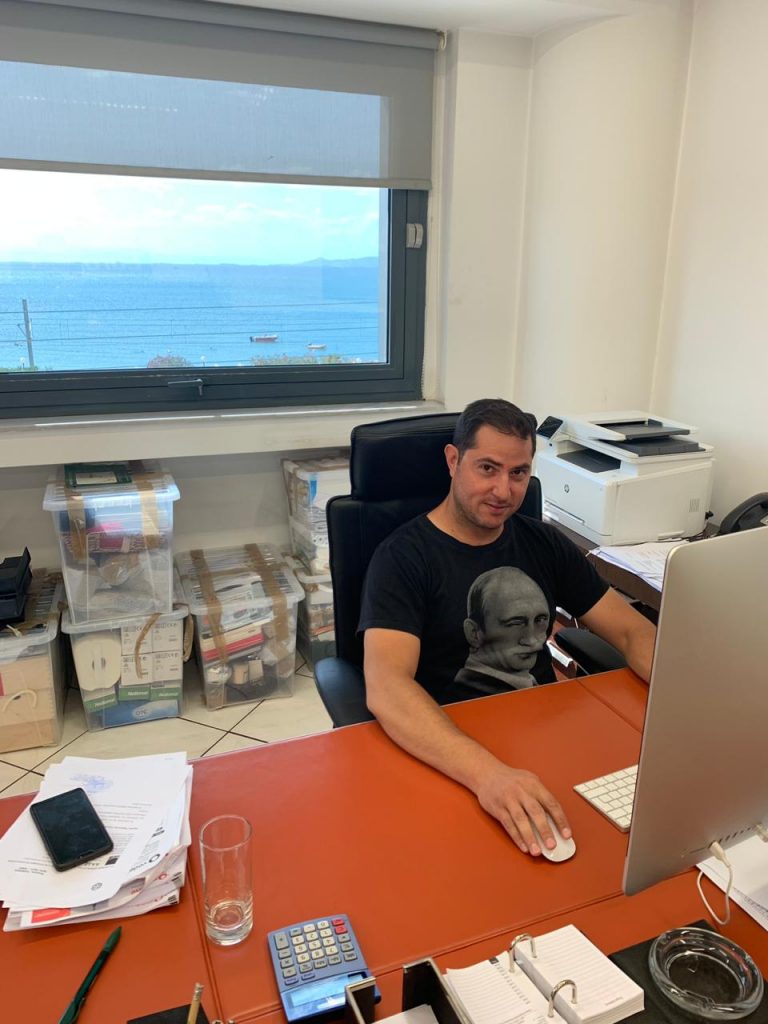
Despite COVID-19’s constant spread, infecting millions around the globe, the practical relevance of technology fighting this disease is also on the rise. As we aware more about the disease, we observe digital health technologies more and more getting adopted in this context. Anthony Constantinou provides a closer look to summarize all the digital health tech efforts against this severe pandemic.
3D-printing
As the health staff experiences record number of cases on a daily basis, healthcare institutions around the globe face a distressing shortfall of medical equipment. Being short of personal protective equipment (PPE) and even failing respirators, these lacking creates risk for both healthcare personnel and patients. But as we know, “necessity is the mother of invention” these demands in medical supplies are now fulfilled by the maker community working with the 3D-printing technology. From garage hobbyists to recognized companies, people are using 3D-printing equipment from face shields via swabs to ventilator parts.
Open-sourced 3D-printing designs for masks and even mechanical ventilators for milder symptoms are now available. Companies as well as individuals are now printing parts that modify snorkeling masks into ventilator masks. One of the startups in Italy creates 3D-printed valves connecting respirators to oxygen masks for hospitals because of a shortage in the supply chain. Another one is printing nasopharyngeal swabs needed to collect samples to test COVID-19. Another firm, allow 3D-printer owners to make their hands-free add-on for common door handles that can reduce virus transmission from inanimate surfaces.
Telemedicine
Social distancing measures are essential to prevent the disease. But what we can do if we feel sick? Should we risk going to the hospital and put ourselves at further complications? As for health care centers, they are already overloaded with severe cases.
For these concerns, telemedicine service is a ready-made choice that saw a boom during the pandemic. Patients can discuss with doctors from the comfort of their homes regarding their symptoms or be monitored for other illnesses. This reduces needless hospital visits, allowing doctors to focus on critical cases that require prompt attention.
Smartphone tracking
As the coronavirus infects spreads rapidly from one person to another, conventional tracing ways to identify the infected person and to limit transmission aren’t enough. That’s why administration around the world has resorted to the use of digital technology. By tracking smartphone users, the government can identify who’s been where and then alert those who might have been in closeness to someone with COVID-19.
Many countries are employing such surveillance ways. Singapore chooses an app that uses Bluetooth and wireless signals for tracing users in proximity. South Korea’s victorious management of the outbreak was in part thanks to phone tracking and bank transactions and CCTV footage. Moscow launched a QR-based system for tracking the disease. Even the technology giants Apple and Google set up an improbable partnership to include contact-tracing into their operating systems.
Artificial Intelligence
Artificial intelligence (A.I.) role in fighting against the COVID-19 pandemic cannot be overlooked. We reported previously how it helped epidemiologists concern the initial warning of the new virus. A.I.-based systems are used to screen lung CT scans and help doctors prioritizing potential COVID-19 cases for further testing. Machine learning combining with network science is useful to find new drug candidates against the virus.
Virtual reality
Virtual reality (VR) may sound like a fancy tech that allows you to play the latest action games, but the same tech has thrilling applications in healthcare. In fact, the Harvard Business Review study suggests that surgeons trained with Virtual Reality highlighted a 230% progress in their overall surgical performance as compared to those trained with conventional methods. It’s also engaged to build up empathy among medical students by putting them in varying simulations to better understand the patient’s condition. This can help to better address COVID-19 patient’s issues like isolation or stigma.
One of the regrettable consequences that we will see after the pandemic is a record psychological toll that working in the frontlines will take on the health care staff. Witnessing the number of patients succumb to the diseases while working in severe conditions will lead to symptoms of post-traumatic stress disorder (PTSD) among the health care professionals.
Fortunately, medical VR is already a therapeutic choice in these cases, with positive results. Through exposure treatment in virtual worlds, virtual reality can ease those PTSD symptoms.
Stay Connect with Get News 360 & Follow our Tech Blog, We cover all tech topics, Sharing content regular basic, I also accept Technology news via blogger & Tech company, so If you want to publish your technology content than checkout our technology write for us guidelines.